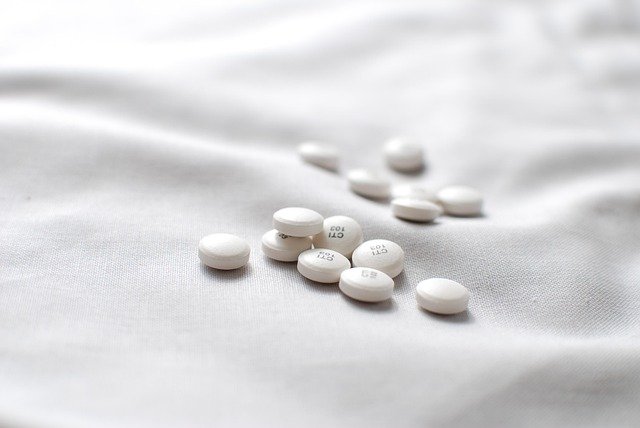Angioedema treatment: options for swelling of face, lips, and tongue
Angioedema is a sudden, localized swelling of deeper layers of the skin or mucous membranes. It commonly affects areas such as the face, lips, tongue, hands, and genital region. Episodes range from mild cosmetic swelling to severe swelling that can interfere with breathing. Understanding typical causes, immediate actions, and longer-term management helps people and clinicians reduce risk and choose appropriate treatments.

This article is for informational purposes only and should not be considered medical advice. Please consult a qualified healthcare professional for personalized guidance and treatment.
What is angioedema?
Angioedema is a non-pitting, rapid swelling caused by fluid leaking from small blood vessels into surrounding tissues. It often appears alongside hives but can occur on its own. The swelling is usually painless but may feel tight, warm, or itchy. Episodes might last from hours to several days and can recur. Identifying the underlying type—histamine-mediated (allergic), bradykinin-mediated (such as hereditary angioedema or ACE-inhibitor related), or idiopathic—guides the treatment approach.
What causes swelling in angioedema?
Common triggers include allergic reactions to foods, insect stings, medications, and physical factors (pressure, cold, heat). Medications such as ACE inhibitors can cause bradykinin-mediated angioedema, which does not respond well to antihistamines or epinephrine. Hereditary angioedema results from deficiencies or dysfunction of C1 inhibitor, producing recurrent swelling without hives. In many cases, no clear trigger is identified (idiopathic). Accurate history and, when needed, laboratory testing help determine the mechanism and appropriate therapy.
How is angioedema affecting the face treated?
Facial angioedema requires assessment for airway risk. For histamine-mediated reactions with breathing or circulatory compromise, emergency treatment with intramuscular epinephrine is standard, followed by antihistamines and corticosteroids to reduce inflammation. Supportive care—oxygen and airway monitoring—is critical. For bradykinin- or hereditary-type facial swelling, epinephrine and antihistamines are less effective; instead, targeted agents like C1 inhibitor concentrate or bradykinin receptor antagonists are used in specialized care settings. Rapid evaluation by emergency or specialty services is appropriate when facial swelling progresses.
What treatments help swollen lips?
Swollen lips are a common and visible symptom. For an acute allergic cause, administer antihistamines for mild cases and epinephrine immediately if there are signs of anaphylaxis (difficulty breathing, throat tightness, fainting). If lip swelling follows a medication known to cause bradykinin-mediated angioedema (for example, an ACE inhibitor), stopping that medication and arranging specialist follow-up is important. For recurrent lip swelling without an identifiable trigger, referral to an allergist or immunologist for testing and tailored management can reduce future episodes.
How is tongue swelling managed?
Tongue swelling is particularly concerning because it can rapidly obstruct the airway. Any tongue swelling accompanied by difficulty breathing, voice change, or stridor is a medical emergency—call emergency services immediately. In the emergency setting, treatment follows anaphylaxis protocols if allergic: epinephrine, airway support, antihistamines, and corticosteroids. For hereditary or bradykinin-mediated tongue swelling, specific therapies (C1 inhibitor replacement, bradykinin receptor antagonists) administered in the hospital can reverse symptoms. Preventive plans, including emergency action plans and access to appropriate medications, should be discussed with a clinician for anyone with recurrent tongue swelling.
Monitoring, follow-up, and prevention
Follow-up with a primary care physician or specialist helps identify triggers and build a prevention strategy. For allergic angioedema, identifying and avoiding triggers (foods, medications, insect stings) and carrying an epinephrine auto-injector when indicated are common recommendations. For hereditary angioedema, specialty clinics can provide on-demand treatment options and consider prophylactic therapies for frequent or severe attacks. Patients should review medications with their clinician—switching from ACE inhibitors when linked to angioedema is often advised. Education on early recognition, when to seek emergency care, and having a written action plan improves safety.
Conclusion
Angioedema encompasses several distinct conditions that share the symptom of sudden swelling in areas such as the face, lips, and tongue. Immediate response depends on severity and suspected mechanism: allergic forms often respond to epinephrine and antihistamines, while bradykinin-mediated types require targeted therapies and different management. Work with healthcare professionals to determine the cause, plan for emergencies, and consider preventive options tailored to the individual.






